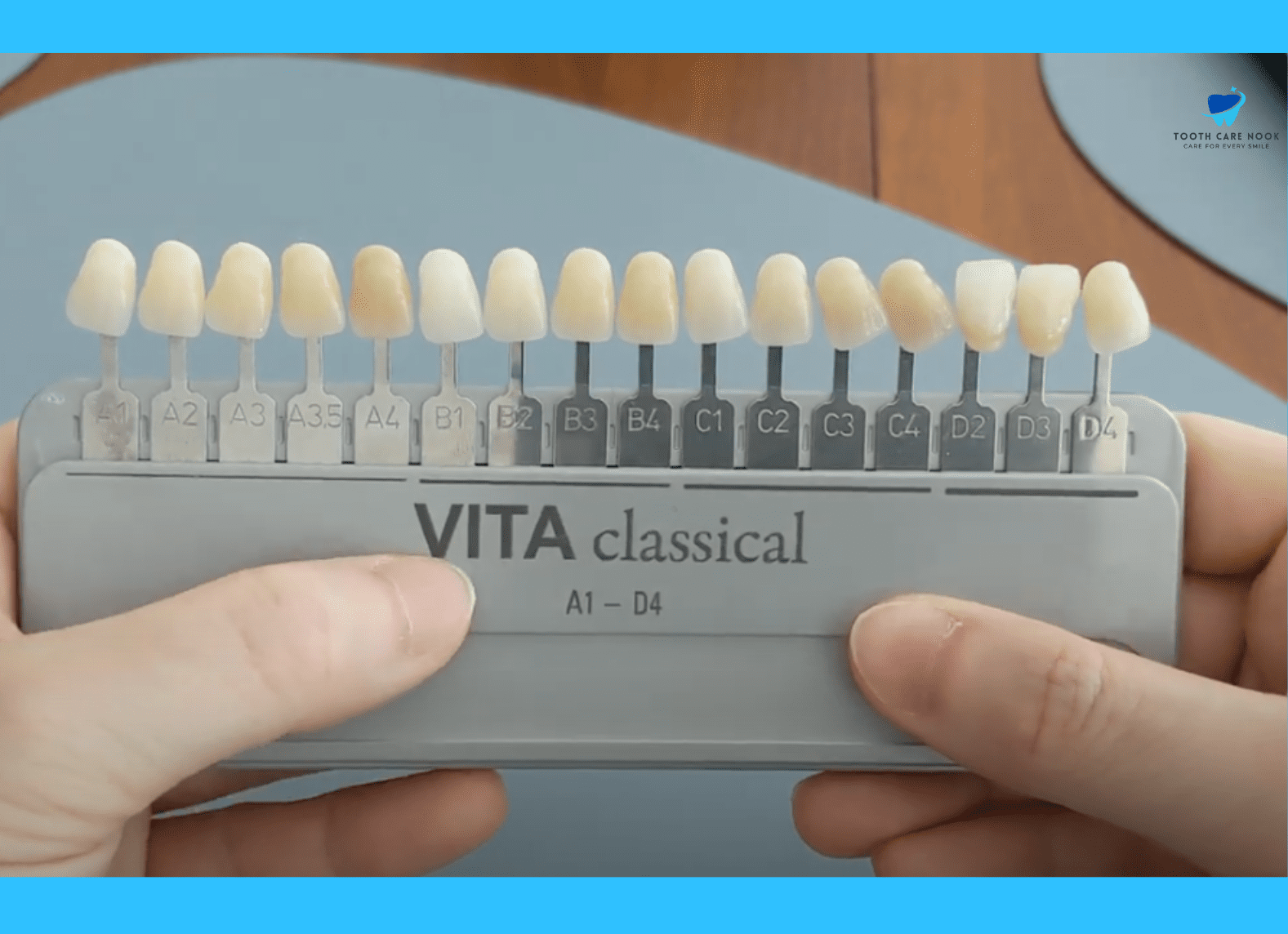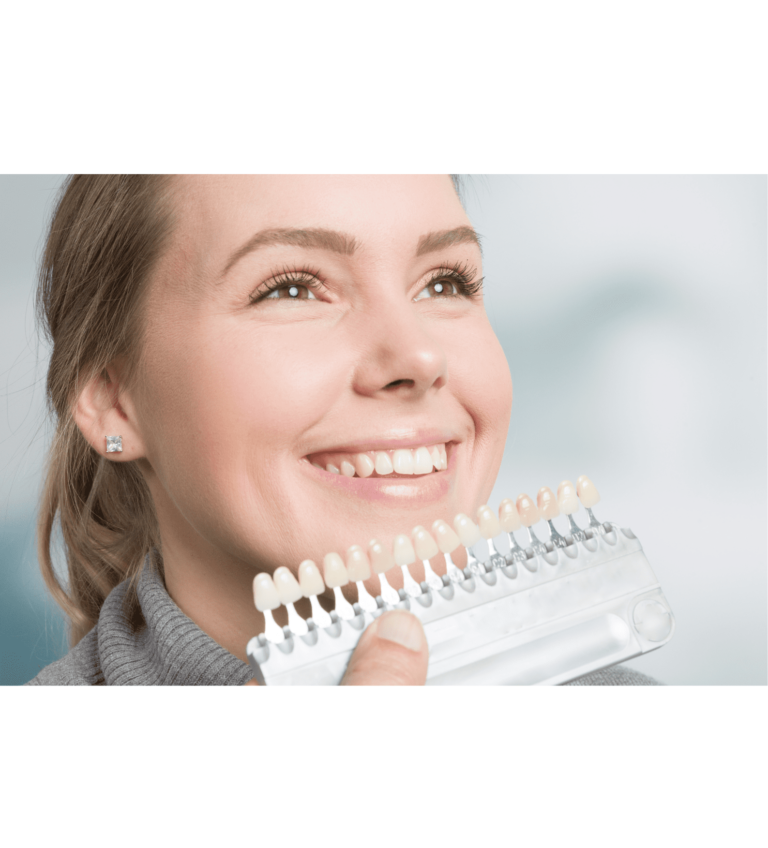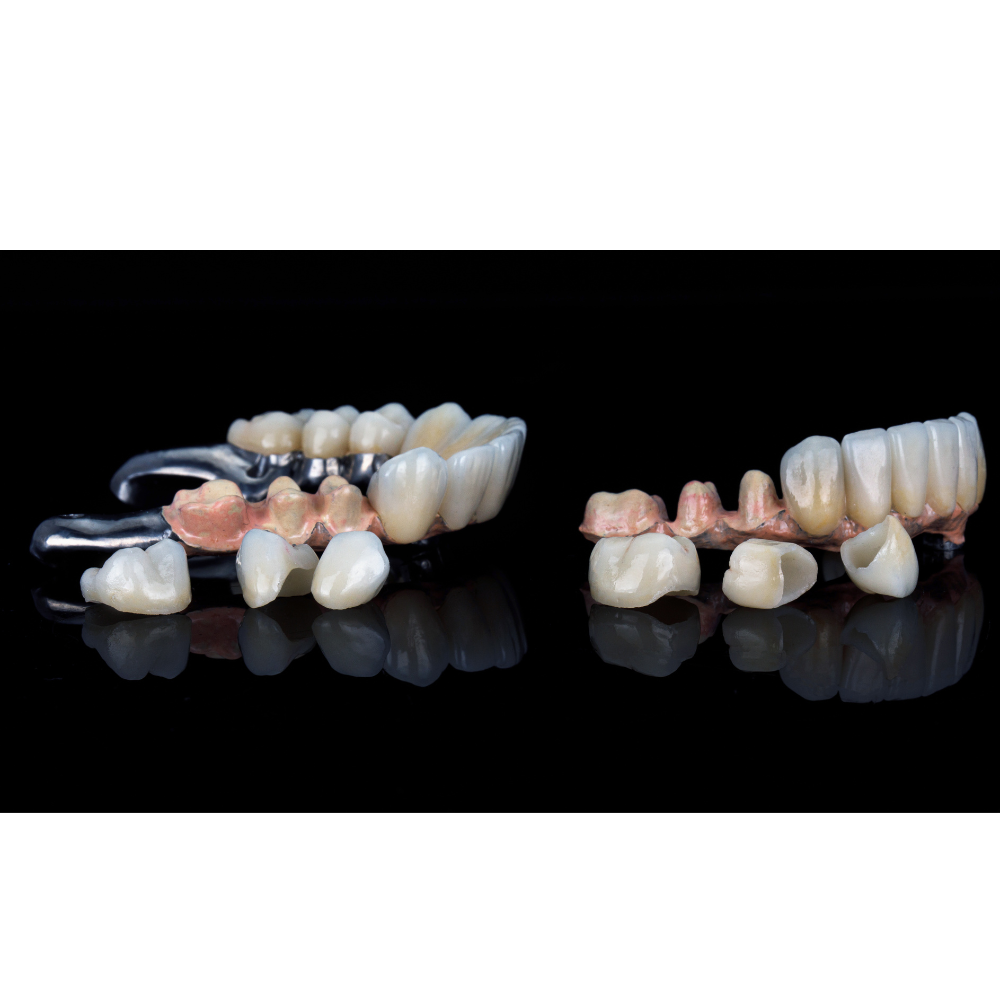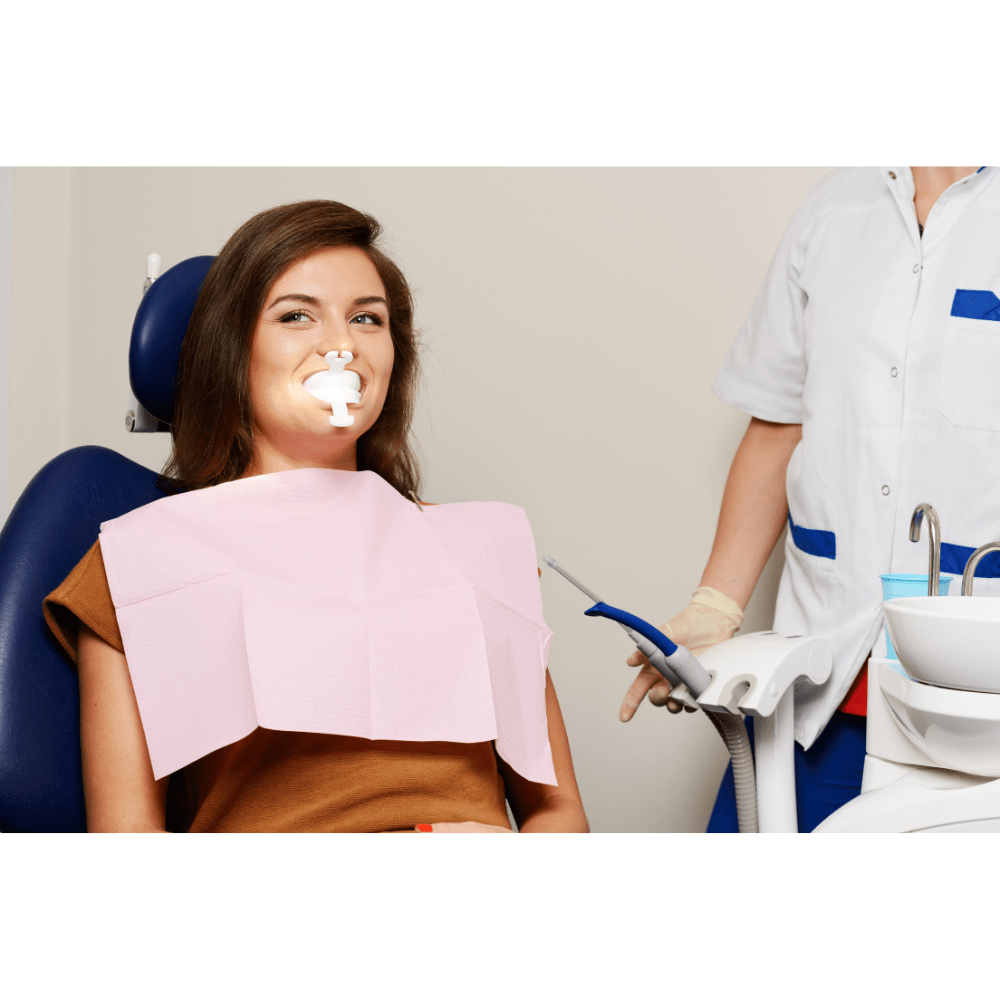All About A1 Tooth Shade And Its Comparisons
A1 tooth shade is a top choice for those looking for a natural bright smile. You might find it attractive due to its balanced color that blends well with natural teeth. Dentists mostly recommend this shade for its versatility and aesthetic appeal. In this article, we will explore the A1 tooth shade and how it stands against other shades. Knowing these comparisons will help you decide if it is the best option for you. This article will discuss the characteristics, comparisons, and considerations of different tooth shades.
What Are Different Dental Color Shades
Here are the dental color shades used to match the color of natural teeth or dental restorations:
Shade A:
Light reddish-brown hue, often used for patients with lighter natural tooth color.
Shade B:
Slightly darker yellowish-brown shade, suitable for patients with average tooth color.
Shade C:
A grayish-brown shade is chosen for patients with darker natural tooth color.
Shade D:
A bluish-gray shade is used for patients with very dark natural tooth color.
Translucent Shades:
Clear or translucent shades are used to mimic the translucency of natural teeth.
White Shades:
Pure white shades for patients seeking a brighter, whiter smile.
Is A1 Tooth Shade Too Whitish?
No, the A1 tooth shade is not considered too whitish. It is a popular choice for dental restorations because it provides a natural look that closely resembles the shade of many people’s natural teeth.
A1 teeth shade strikes a balance between brightness and natural appearance, making it a versatile option for achieving aesthetically pleasing results in dental treatments.
A1 Tooth Color Chart
Here is the A1 tooth color chart that will help you understand different shades in a better way.

A1 Vs B1 Tooth Color
| A1 Tooth Color | B1 Tooth Color |
| Light ivory hue shade | Slightly darker yellowish-brown hue |
| A1 teeth are lighter and brighter | Darker and warmer |
| Preferred for patients with lighter teeth | Suitable for patients with average tooth color |
| Matches well with natural lighter tooth color | Matches well with natural average tooth color |
| Provides a natural, bright appearance | B1 tooth color provides a warm, natural appearance |
Is A1 A Good Color
Yes, A1 tooth shade is considered a good color choice for dental restorations. A1 shade is versatile and suitable for a wide range of dental procedures, making it a preferred option for patients and dental professionals. It is a reliable and popular choice for achieving satisfying dental aesthetics.
FAQs
Are A1 Veneers The Most Expensive?
No, A1 veneers are not the most expensive among veneers. The most expensive veneers are likely to be ultrathin porcelain veneers. These veneers are made from very thin layers of porcelain, making them highly translucent and mimicking the natural look of teeth exceptionally well.
What Is Denture Color A1?
Denture color A1 teeth shade is reddish-brownish. This shade offers versatility and is suitable for various skin tones and age groups. Dentures in A1 color provide a realistic appearance and can help enhance the wearer’s confidence and overall quality of life.
Is A3 Shade Teeth Good?
Yes, A3 shade teeth are considered good for some individuals. The A3 shade is a slightly darker ivory color compared to lighter shades like A1 which offers a warm and natural appearance. This shade of teeth is often chosen by patients with darker natural tooth color or those seeking a more subdued aesthetic.
Is Teeth Color A2 Whiter Than A3?
Yes, teeth color A2 is whiter than A3. A2 shade teeth offer a brighter appearance compared to A3. The difference in shade between A2 and A3 can be subtle but noticeable, with A2 providing the whitest teeth shade a lighter and more vibrant color option.
What Is The Normal Shade Of A Tooth?
The normal shade of a tooth falls within the range of A1 to A3 on the tooth color scale. These shades represent natural ivory hues that closely resemble the color of most people’s teeth. The specific shade of a tooth can be influenced by factors such as genetics, age, lifestyle habits, and oral hygiene practices



